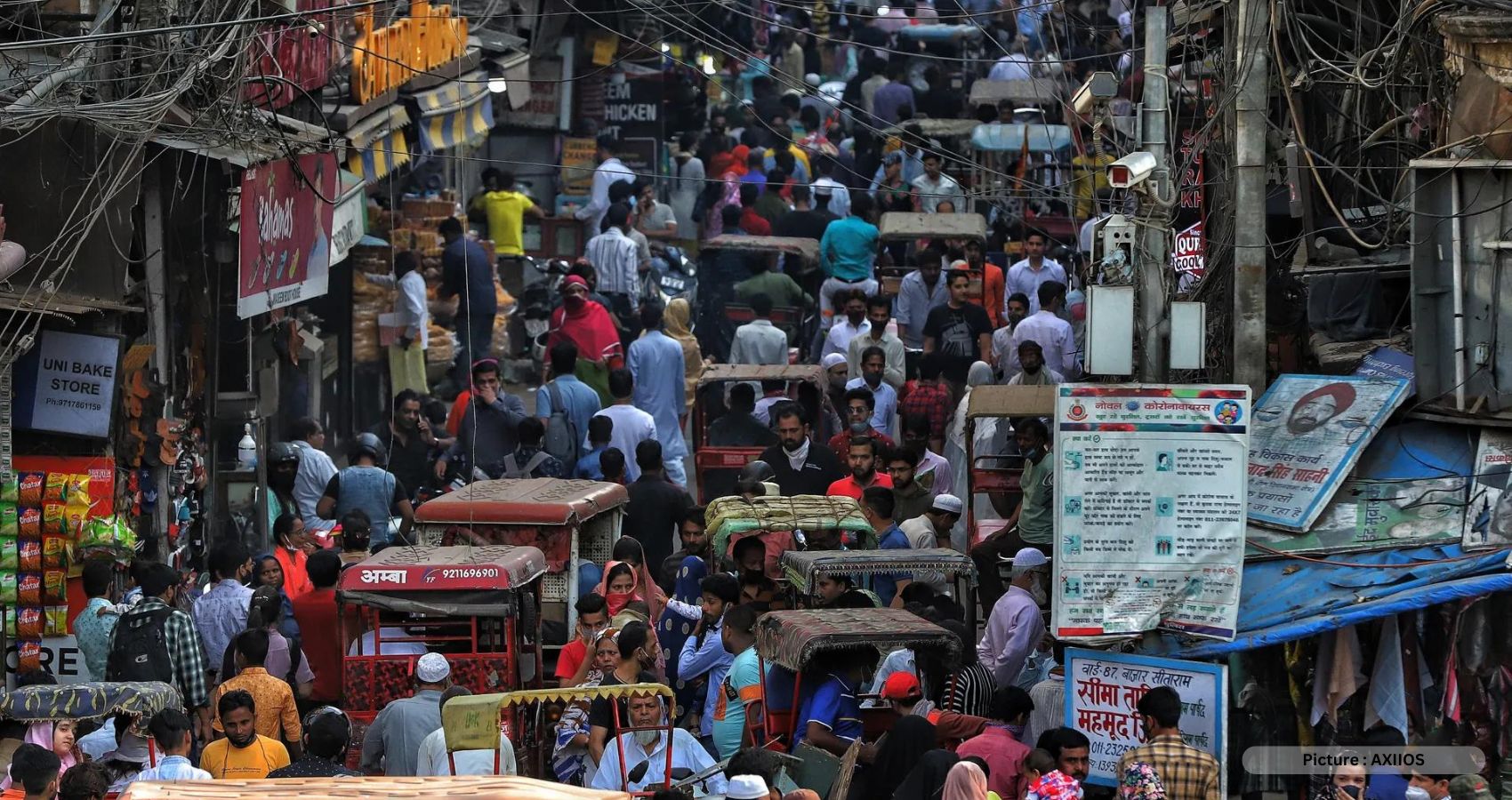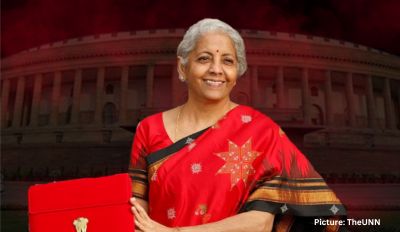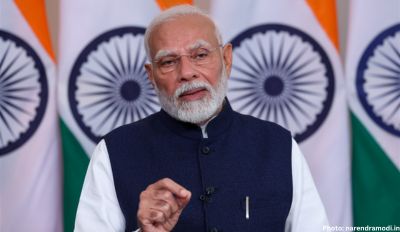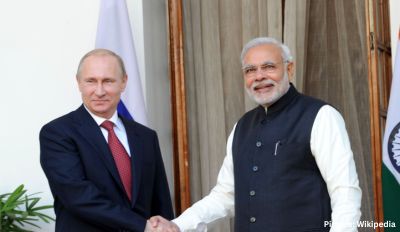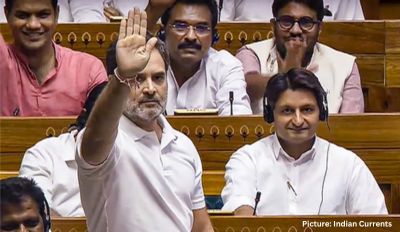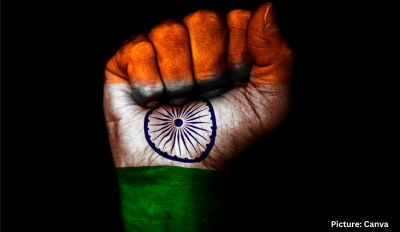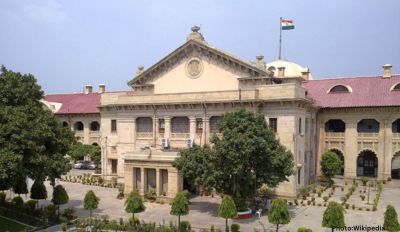India is anticipated to surpass Japan and Germany, becoming the world’s third-largest economy, as per projections by S&P Global and Morgan Stanley. S&P bases their prediction on India’s nominal annual GDP growth, which is expected to average “6.3 percent through 2030.”
Similarly, Morgan Stanley forecasts that India’s GDP will more than double by 2031, as mentioned in a CNBC report. The country possesses the necessary elements for an economic surge, driven by offshoring, investment in manufacturing, the energy transition, and its sophisticated digital infrastructure, states Morgan Stanley.
India recently recorded a 6.3 percent growth during the July-September quarter, as reported by the National Statistics Office. S&P’s report highlights that “these projections assume continued structural reforms, including trade and financial liberalization, infrastructure and human capital investment, and labor market reform.”
India to become an export-driven economy
India is on the path to becoming an export-driven economy, according to S&P analysts. The Indian government has been concentrating on supporting private businesses through initiatives like production linked incentives (PLI) to boost manufacturing, investment, and exports across various sectors, as the country aims to establish itself as a global manufacturing powerhouse. S&P analysts suggest that “it is very likely that the government is banking on PLIs as a tool to make the Indian economy more export-driven and more inter-linked in global supply chains.”
Morgan Stanley also projects that the manufacturing sector’s contribution to India’s GDP will “rise from 15.6 percent of GDP currently to 21 percent by 2031.” As a result, the bank anticipates that manufacturing revenue will triple from the present $447 billion to approximately $1,490 billion.
The report from Morgan Stanley adds, “Multinationals are more optimistic than ever about investing in India … and the government is encouraging investment by both building infrastructure and supplying land for factories.”
The challenges A prolonged global recession could pose a significant hurdle to Morgan Stanley’s predictions, as India’s economy heavily relies on trade, with approximately 20% of its output being exported.
Despite the second quarter GDP growth rate aligning with the Reserve Bank of India’s (RBI) forecast at 6.3%, the gross value added (GVA) only increased by 5.6%, leading to concerns about the true strength of the economy. Furthermore, the manufacturing sector exhibited a surprising weakness, with a negative growth of 4.3%.
Another challenge comes from net exports. With imports growing much faster than exports, net imports have nearly doubled compared to the previous year, resulting in a drag on GDP. Mridul Saggar, a former Monetary Policy Committee member, suggests that the slowdown in global exports will provide fewer opportunities for India. He explains, “Slowdown seems to be coming. It’s coming globally, it’s coming less in India. In India, domestic factors have also driven the growth down.”
Recently, analysts have lowered their projections for India’s GDP growth. Goldman Sachs, considering high borrowing costs and diminishing effects of the post-pandemic economic reopening, has cut GDP growth expectations to 5.9% in 2023, compared to the 6.9% growth of 2022.
The Finance Ministry expressed concerns last week that a global recession may hamper the future of India’s export industry. Additionally, Moody’s reduced its India GDP growth forecast for 2022 to 7% from the previous 7.7% estimate, citing rising inflation, high interest rates, and a global economic slowdown.

